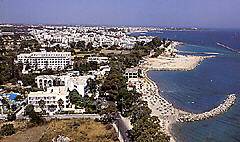
|
|
||||||
|
Hotels: Kos (Click here to see Jewels of the Mediterranean Collection) | ||||||
|
|
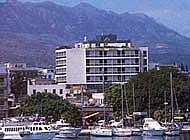



|
|||||
|
Hotel Alexandra is with excellent view, located in the center of Kos town 200m from the harbour and 400 from the “organized” beaches. Upon completion the Hotel Alexandra has upgraded to a luxury A class town hotel with high standards.
|
||||||
|
|
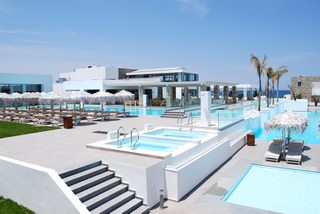



|
|||||
|
The Diamond Deluxe Hotel, the most luxurious destination on the island of Kos in the Dodecanese. It is a world where nature and traditional elements fuse with high design, with the advantage of being ideally located within the most magnificent group of 12 islands in Greece.
|
||||||
|
|
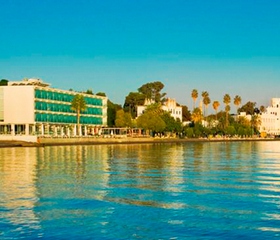



|
|||||
|
Right of it, is «sailing» the H2O. Blue, in a color of emerald, transparent and liquid, so it matches to the sea aura. The rooms have an unlimited Aegean view. The wood and glass are the stars in a minimalist view of rooms with views of the city hotels
|
||||||
|
|
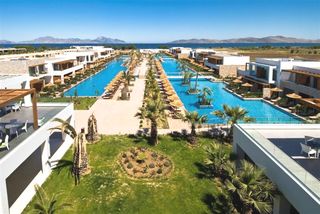



|
|||||
|
Located near Marmari town,50m from the Beach, at the north west coast of the island of Kos. 2-storey main building with 2 Lifts , One building with 3 floors and one lift and 9 buildings two storey, no lift.
|
||||||
|
|
